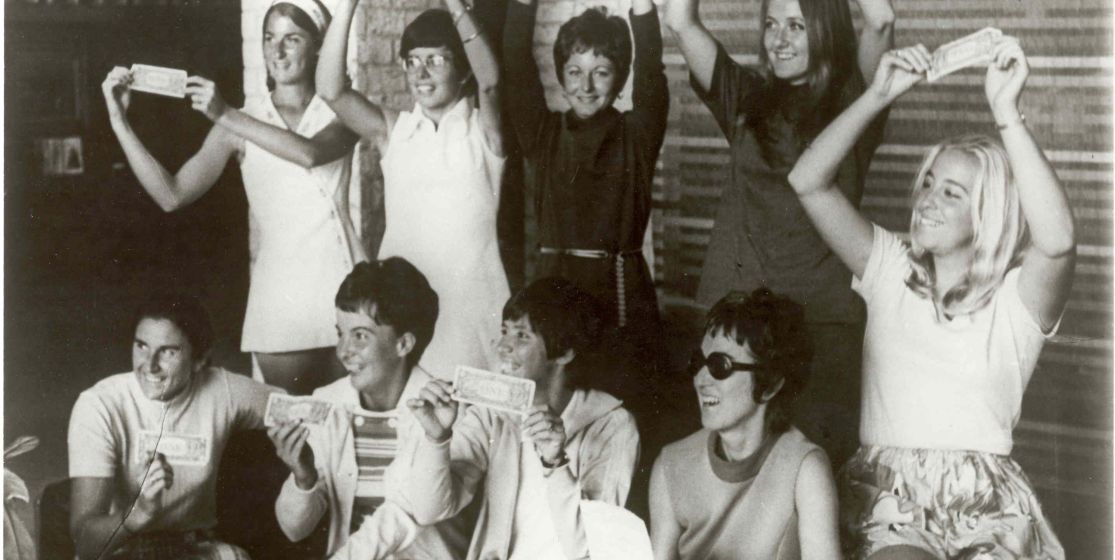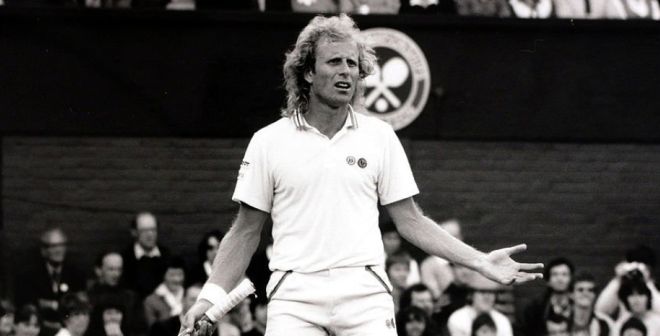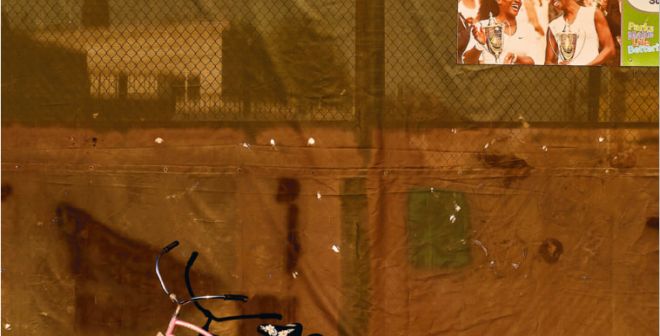The creation of the WTA
In June 1973, a few weeks before Wimbledon, 70 women’s tennis players met in a room at London’s Gloucester Hotel. 1970 Singles World No.3 Rosemary Casals, aka Rosie, was there. Their male counterparts created the ATP a year before, and they decided to change their own fate too. “We needed a structure to allow all players to benefit from the development of women’s tennis,” said Casals in a US Tennis Association interview in 2022. “At the beginning of the meeting, Billie said:
"Until we have an association of players, we're not getting out of here."
She is talking about Billie Jean King, who would win Wimbledon later that year. A pioneer of women’s tennis, she was sick of being left with the crumbs from the men’s tennis’s table. French player Françoise Dürr, who won the 1967 French Open, was there too. King became the leader of a whole generation of players that day. “Billie asked Betty Stöve, who was the tallest, to stand in front of the door so no one could disturb us,” she said in French newspaper L’Équipe in 2020. “In just two hours, we’d set up the WTA.” It marked the end of a three-year-long team fight.
Though the Open era started in 1968, professional women’s tennis was still largely discredited by tournament hosts. “The women were being squeezed financially because we had no control in a male-dominated sport,” said Billie Jean King in We Have Come a Long Way, the book she wrote in 1988. “Men owned, ran and promoted the tournaments, and because many of them were former players themselves, their sympathies lay with the male players, who argued vociferously that most of the money should be theirs.” Prize money was indeed five to ten times bigger for men. This unacceptable situation led the King-Casals duo to Gladys Heldman’s office in the summer of 1970. Heldman was the head of the World Tennis magazine and was a hugely influential tennis figure.
"We told her that we were considering not playing the tournament, out of protest."
Rosy Casals 2020
“Because we thought it was fundamentally unfair to have prize money eight times lower than the men. But we didn’t just want to complain. We wanted to do something concrete.” While what we called the ‘second-wave feminism’ was slowly changing the face of the Western societies in the late 1960s, Heldman agreed to support their cause. She got Virginia Slim, a famous women-oriented Philipp Morris-owned cigarette brand, to sponsor the newly created women’s circuit. On 23 September 1970, seven American and two Australian women players –the ‘Original 9’– signed a symbolic one-dollar contract with Virginia Slims. There were King and Casals of course, as well as Julie Heldman, Kristy Pigeon, Valerie Ziegenfuss, Jane Bartkowicz, Nancy Richey, Kerry Melville Reid, and Judy Tegart-Dalton. They all wanted equal prize money for men and women and announced they would boycott official tournaments until their demands were met. A women’s circuit was then launched and developed alongside the already existing circuit. “I won that first tournament and I won $1,600,” recalled Casals in the Californian newspaper Desert Sun in 2022. “It was already more than just the first women’s first prize at the Pacific Southwest Open.”
New players joined the Original 9 and their protest. Françoise Dürr was one of them. “The Original 9 started their action,” said Dürr in L’Équipe in 2020, “and I played one of the first women’s tournaments in San Francisco in January that year. There were 16 of us. There was also a tournament in Detroit where there weren’t many people in the stands. So, with Billie Jean, we gave free tickets in front of a supermarket. We did so many things!” The project took shape and reached new heights. In 1971, about forty players featured in the dozen tournaments sponsored by Virginia Slims in the USA. The USLTA –the US tennis federation– could not take it anymore and issued their veto. The old governing bodies did not know it yet, but it was a losing battle. King’s movement led to the creation of the WTA in 1973. This new structure would manage the women’s circuit. The US Open set equal prize money for the men and women events that same year. Billie Jean King won the Battle of the Sexes –an exhibition match played in response to those who made fun of women tennis and in which she beat Bobby Riggs, a retired professional player. It was a period of change that King, a 12-time major tournament winner, considered as a crucial yet exhausting fight for equality. “When recalling 1973, ‘tired’ is my first word,” she said in USA Today in March 2023.
"It was a pivotal year for tennis and for women in general. I just remember being exhausted all the time. As I've said before, when I sleep in now, I'm still catching up from the 1970s."









